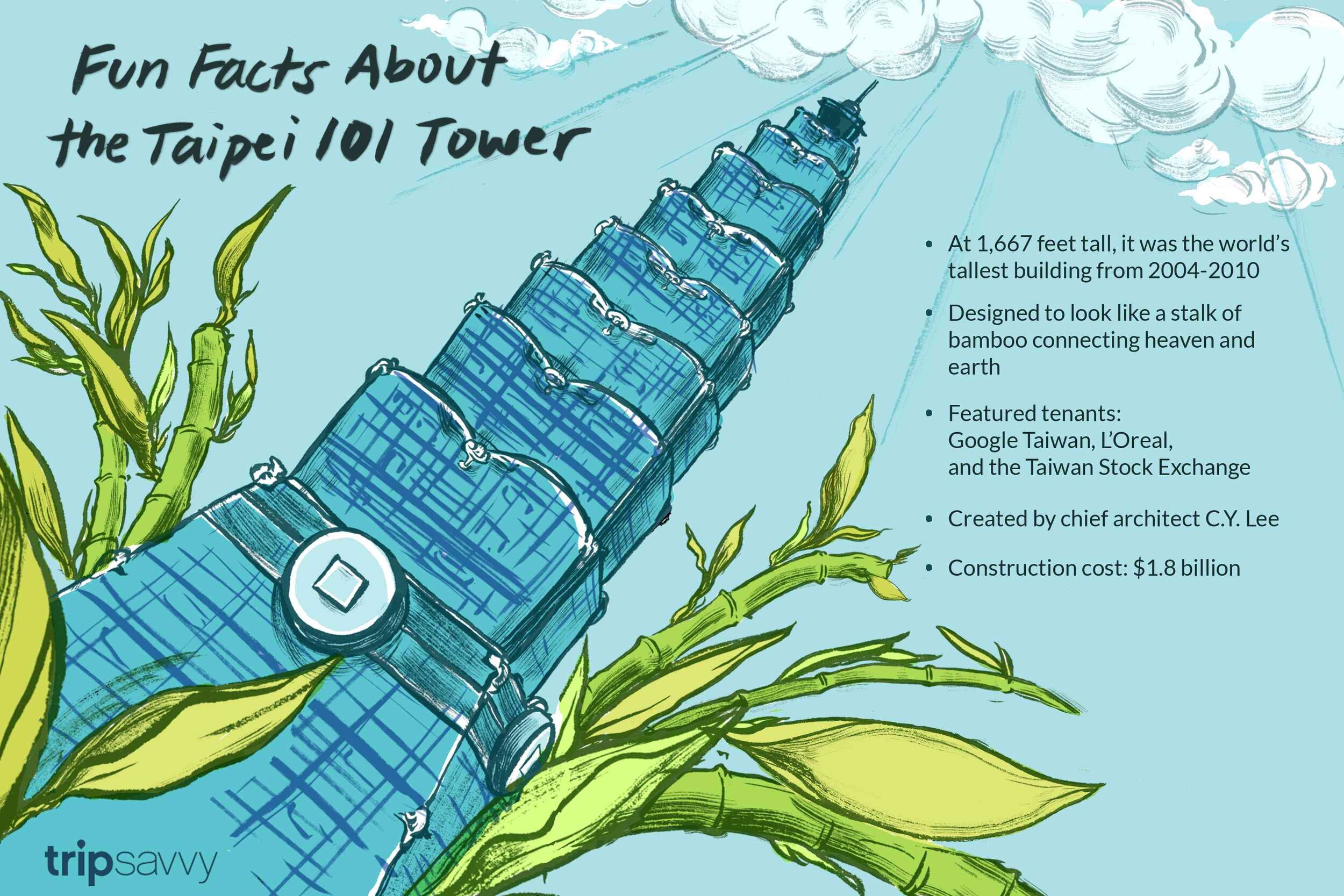Standing Tall
/I’ll be the first to admit it: I don’t know much. About…well, anything, really.
But as the son of Taiwanese immigrants, from sheer experience, I do know this: few cultures (if any) are as obsessed with symbolism as Chinese culture is. What I mean by that is that, for us, everything has a reason-why.
And when I say everything, I mean EVE-RY-THING. ;o)
Just for fun, let’s take a look at a few examples, shall we:
There’s a reason why China and Asia go through a baby boom every “year of the dragon”: it’s because dragons represent virtue, honor and nobility; qualities that Asian parents hope their kids will have and display growing up.
Here’s the reason why Chinese brides might wear a white dress during the wedding ceremony, but will unequivocally change into a red 旗袍 (Qí Páo) afterwards: it’s because red symbolizes luck, happiness and joy.
Finally, this is the reason why the Beijing Olympic Games started at exactly 08:00 pm on 08/08/2008: it’s because eight (Bā in Chinese) has the similar pronunciation with 发 (Fā), meaning wealth or fortune.
See? From animals to colors to numbers, everything has a reason-why in Chinese culture.
Same with concepts: when we create them, THERE’S ALWAYS A REASON-WHY.
And very few have combined Chinese symbolism and concepts as exquisitely as Taiwanese architect 王重平 (Wang Chung-ping, a.k.a C.P. Wang), who found inspiration in Chinese culture to conceptualize one of the most impressive marvels of the architectural world: Taipei 101.
Taipei 101, one of the tallest skyscrapers in the world, was conceived to be the first building in the world to break the half-kilometer mark in height.
Most importantly, it had to be able to withstand the ruthless typhoons and powerful earthquakes that hit Taiwan from time to time. To tackle that challenge, Wang went to Mother Nature for advice. And her answer came in the form of a plant endemic to China: bamboo.
Bamboo is known for reaching incredible heights (some species grow up to be 100 ft. tall!), thanks to a super complex combination of strength and flexibility. It grows in hollow jointed sections, like a series of solid ended tubes, and these sections are separated by partitions that help reinforce the stem1.
This is where Wang’s concept shows its structural significance: inspired by this ingenious solution, Wang designed steel trusses to connect across the columns at every eight floor of the building1. The end result is that Taipei 101 not only looks like a gigantic bamboo stalk. It behaves like one too, bending a little bit here and there, but never, ever breaking.
Now, here’s the other reason why Wang chose to design Taipei 101 in the shape of bamboo: “it’s a very important plant in our culture. It represents a noble and gentle person”, he said in a 2013 interview1. In other words, Wang’s concept also carries a lot of cultural significance.
Every inch of its 1,671 ft. tall structure was conceptually designed to represent an aspect of the Chinese culture.
The building is divided into eight sections of eight floors each (yes, the good ol' number eight). These sections purposely resemble ancient Chinese ingots (a symbol of abundance). The name 101 represents the idea of renewal (the “complete” number of 100 + 1). The tower was conceived to look like a Pagoda (representing a connection between Heaven and Earth). And dragons protect all four corners of the building (OF COURSE there would be dragons, what were you thinking!? ... ;o)
“It’s rewarding to CONCEPTUALIZE a design that serves not only the client but also represents the culture and serves the needs of a building’s inhabitants.”
He’s right. It is rewarding. Super rewarding.
After all, the reason why we create concepts is often twofold:
1) To create value by giving things a meaning: one that speaks to our human nature and/or our cultural context.
2) To help things perform better than they did before. And sometimes, in ways that have never even been considered before.
Like I said at the beginning of this post, I don’t know much. But I do know this: Wang’s design – as with all great concepts – succeeded at both.
Of that, I am 101 % sure. ;o))










